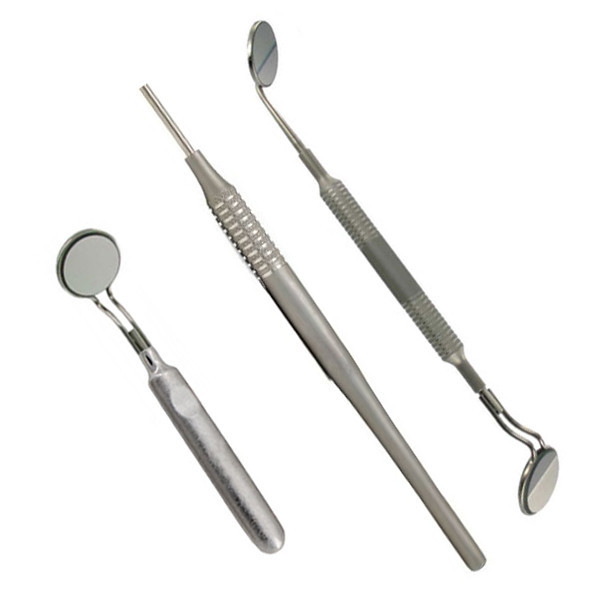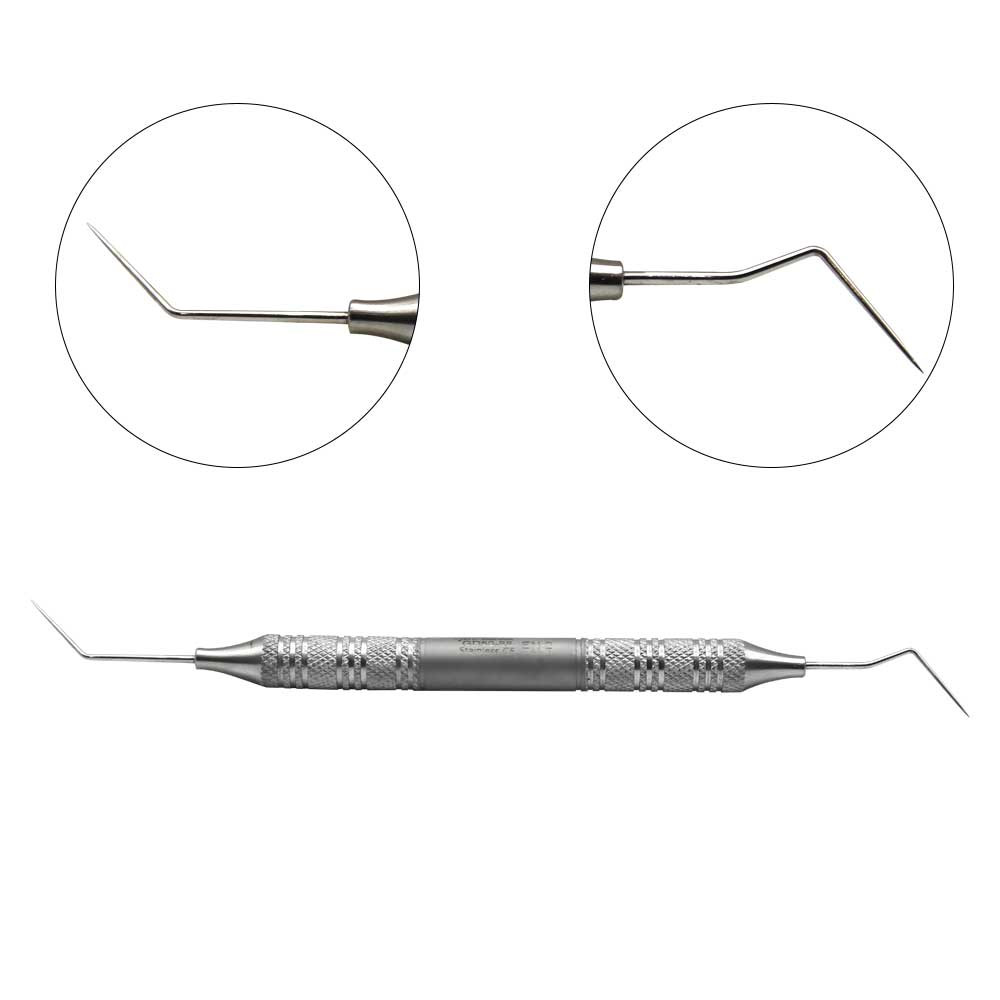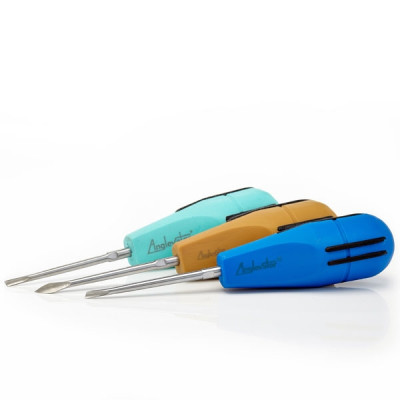The dental instruments need to be sharp, effective, and convenient. Consequently, no one wants to fiddle with a list of instruments while your patient is patiently waiting just to get done with the procedure.
Let us clear you all first; teeth pulling isn't an easy task. It requires time, skill, and effort. As a dentist, we want everything to make the process quicker, more comfortable, and efficient for our patients. Therefore, the tools used during extraction procedures matter a lot.
It is important to suggest that you don’t try teeth pulling at home or in itself. Because of this, you need tools to have to be efficient, versatile, and affordable. Reliable instruments are extensions of an operator's hand, and they make the procedure quick and effortless. Other than that, it's just very inconvenient to switch back and forth between many dental assistant tools while you are already deep inside the socket. Therefore tool selection is significant and crucial.
There are two types of Extractions. Simple extractions call for fewer dental extraction instruments. Besides, both require some standard tooth-pulling tools that may come in a kit. On the other hand, surgical extractions involve more Dental extraction tools like needles, suturing materials, etc.
Here are some commonly used dental instruments a dentist needs daily!
Mouth Mirror Dental Instrument

A mouth mirror is an absolute necessity in your kit. Dentists formally apply it to examine all aspects of the tooth (buccal, facial, lingual, and palatal). Mirror used for proper examination of the carious lesion. Besides, it is sometimes used for better assessment of the tooth socket after extraction.
Dental Explorer

The dental explorer (a handheld pointy tooth extraction tool) is used to inspect teeth. Available in different designs, Explorer is used to detecting Dental anomalies and detect calculus deposits subgingivally.
Previously, it had been used to examine carious lesions. Although, that practice has now ended since it now utilizes to insert the explorer in the carious lesion may cause the lesion to extend.
Periosteal Elevator

This instrument is a double-ended Dental extraction tool and is the first in line to sever and raise soft tissue full-thickness flaps at the cervical region of the tooth. In contrast, a periosteal elevator lifts the soft tissue flaps around the tooth to make space for luxating and elevating tools to make teeth mobile for extraction. It has a pointy end and a rounded sharp opposing end to raise tougher flaps.
Anglevator

An Anglevator is a tooth extraction tool designed to Luxate and Elevate the tooth out of its socket. Traditional luxating tools do not elevate the tooth from their sockets, but the Anglevator does it all.
Anglevators combine the effects of six instruments in one, Namely, Periotome, Luxator, Crane pick, Dental Chisel, Dental Elevator, and Proximator. It is a universal tooth extraction instrument that is applied anywhere in the mouth. It is usually utilized before the application of forceps.
Extraction Forceps

Dentists use extraction forceps to extract the teeth out. They have different beak designs to facilitate extractions of posterior and anterior teeth. They come in different sizes to aid in the extraction of pediatric teeth as well. These forceps are also available for Broken down roots to make their extraction easier.
Surgical Curettes

Surgical curettes are used to remove the debrided and necrotic tissue from the surgical site. These kick out debris from the tooth socket as well. They remain a top necessity to remove all the unwanted pathologic tissues.
Bone File and Ball

Bone files are used to trim bony spicules. These instruments remain a need for dentists as bone carvers to remove unwanted bone from exposed areas. These most common instruments are used for a simple extraction procedure. They have a rounded design that offers an easy way of maneuvering it into the soft tissues to file the bone. The bone file comes with different patterns; they may have one or two active ends to suit the surgeon's needs. The serrations ensure easy filing of the bone.

